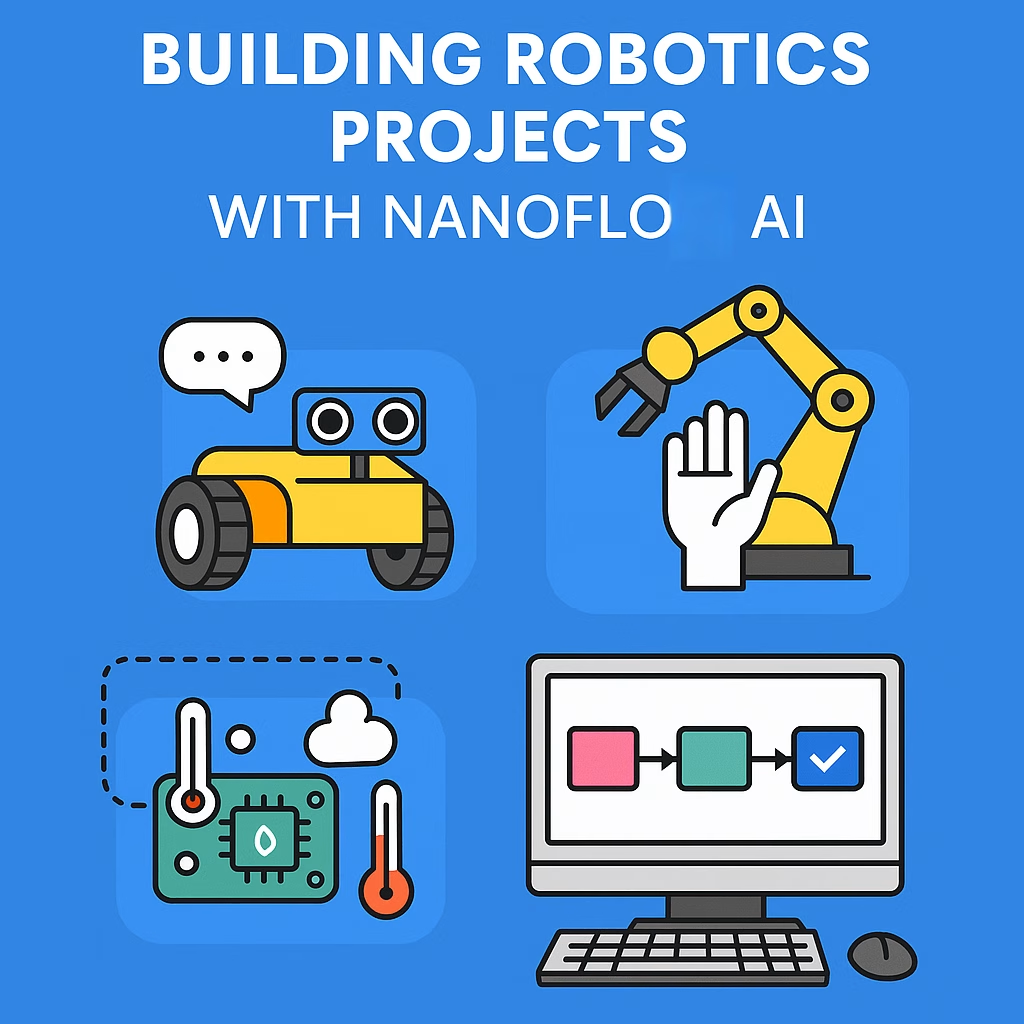NASA, the United States’ space agency, primarily uses specialized hardware and software systems for their missions, which often have to meet stringent requirements and operate in extreme conditions. While NASA may not use off-the-shelf Arduino boards for their critical spacecraft and missions, they do share some similarities in terms of the programming languages and development environments they use.
Here are some points to consider:
- Microcontrollers and Embedded Systems: NASA, like many organizations, uses microcontrollers and embedded systems extensively in various subsystems of their spacecraft, rovers, and instruments. These systems may use C, C++, or other programming languages similar to Arduino.
- Development Environment: NASA’s software development for embedded systems may involve integrated development environments (IDEs) and tools similar to what Arduino offers, including writing and testing code.
- Open Source Tools: NASA often makes use of open-source tools and platforms, and Arduino’s open-source nature aligns with this approach. NASA has a history of contributing to the open-source community.
- Educational and Outreach Programs: NASA and its affiliates, including NASA Ames Research Center, have used Arduino and similar platforms in educational and outreach programs to engage students and the public in science, technology, engineering, and mathematics (STEM).
While NASA may not deploy consumer-grade Arduino boards directly in spacecraft or critical systems, the principles and technologies that Arduino represents, such as open-source development and embedded programming, are aligned with broader practices in the aerospace and engineering industries.
In summary, while Arduino boards are not a primary choice for NASA’s space missions, they do share some commonalities in the development process and educational initiatives, as well as the use of microcontrollers and embedded systems. NASA typically employs highly specialized and thoroughly tested hardware and software to meet the demanding requirements of space missions.









